I love tofu.
Yes, I realize this declaration will leave some readers scratching their heads. What’s to love?
Tofu is often maligned as a block of nothingness, a flavorless, rubbery chameleon of a bean cheese that assumes the character of whatever you pair it with because it has none of its own.
Bah, I say.
Tofu is amazing. Or it can be. It’s extremely versatile, ranging in flavor from the subtle sweetness of Chinese doufu fa, a type of pudding served from a barrel you might have encountered at dim sum, to the pungent funkiness of chou doufu or “stinky tofu,” that you would know if you encountered it because you’d likely have asked to move to a table far away from whoever ordered it.
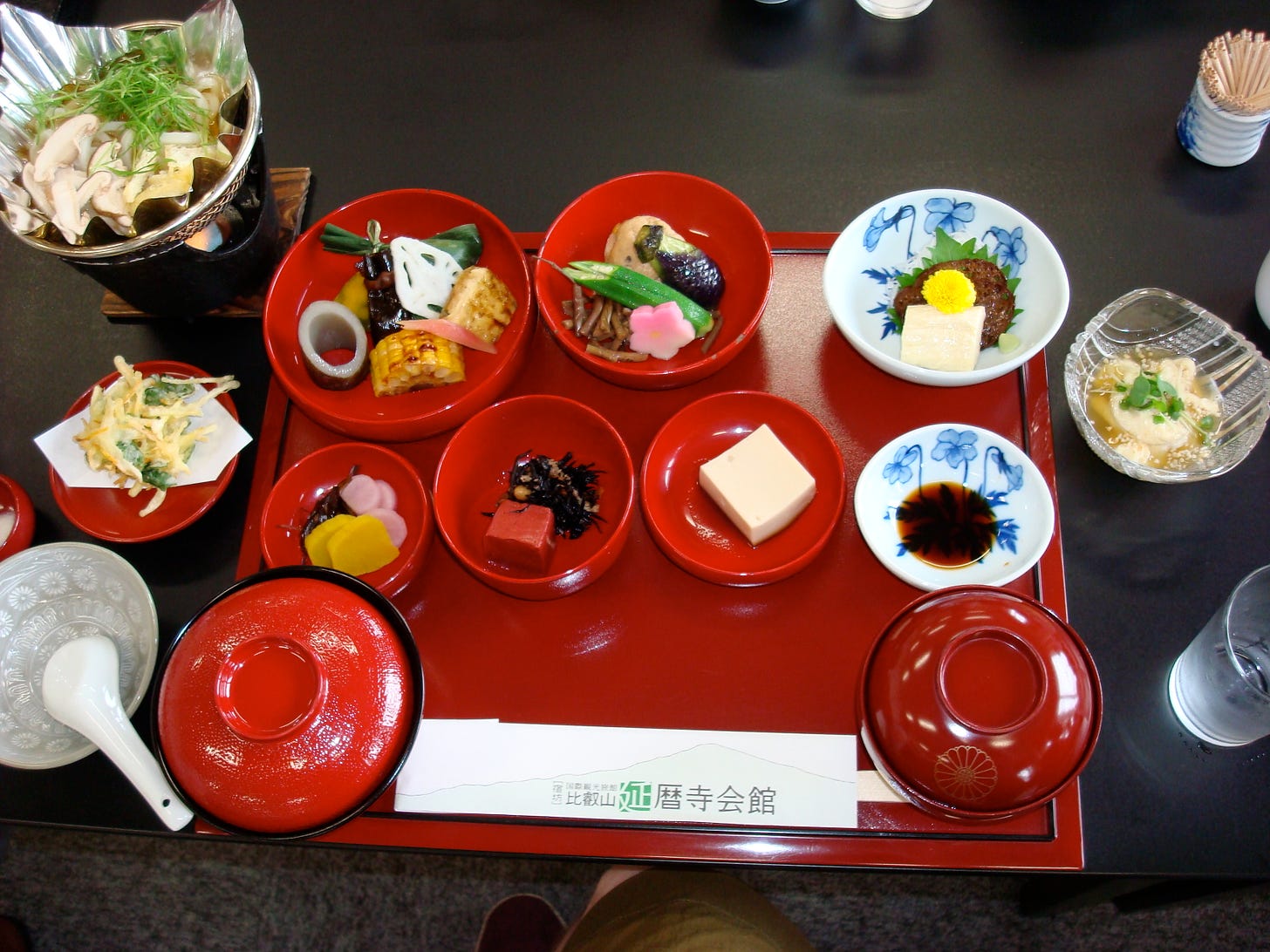
The best tofu has a distinctly green, beany taste from the soybeans that were used to make it. Texturally, tofu can be anything—silken, creamy, custardy, chewy, spongy, crisp. There are tofu noodles, tofu wrappers, tofu ice cream, even tofu turkeys—though I don’t recommend the last, which I hold partially responsible for giving tofu a bad name in the west.
I’ve been to exquisite omakase restaurants in Japan that specialize in multicourse tofu menus, and one particularly niche place that focused solely on tofu skin (yuba in Japanese). I toured an 85-year-old artisanal tofu skin producer in Kyoto (see article). I’ve been to Korean tofu restaurants and Chinese tofu restaurants. My conclusion? The quality of the cook is as important as the quality of the tofu.
A Note about Nomenclature
Tofu is the Japanese word for what results when fresh soybean milk is heated and mixed with nigari (a type of sea water rich in magnesium chloride) or other coagulant to encourage the proteins to form curds that are molded into blocks and pressed to remove excess water. The Chinese word is doufu, which means “bean curd” or “bean ferment.” The Korean word is dooboo. Note, there’s no universally accepted way to spell any of the transliterations, so you just have to sound them out. Though every place has its particulars, like cheese, it’s basically the same product. For some reason, in English the Japanese word stuck.
I always have tofu in my fridge, made by local producers if I can find one. In New York City, I love the fresh bean curd blocks from Fong On, a multi-generational tofu shop in Chinatown. When we were renting our lakehouse in the Finger Lakes region of upstate New York, Ithaca Soy was my go-to source. Now that we live in New Hampshire, our local food co-op carries Heiwa Tofu, from Rockport, Maine.
I’ve made my own tofu a few times, starting from dried soybeans that I soaked and ground. Making tofu is not a complicated process, but it takes some time. The result has such a beautiful texture and flavor that I’ve only ever eaten my homemade tofu as is, with a little pickled ginger, ponzu, or chili sauce. It seemed a shame to cover up its qualities with a more complicated preparation.
What do I do with all this tofu in my fridge?
What I do with tofu depends on what I’m craving. I crumble it to scramble with or instead of eggs, using onions and a pinch of turmeric to make a favorite breakfast. I slice it and fry it to make fillings for sandwiches or to smother in tomato sauce and cover with cheese alla parmigiana. Sometimes, I just slice off a piece and eat it.
Lately, I’ve been making this simple, tasty, and satisfying Korean banchan called dooboo jorim, or braised tofu. Since my trip to Korea last October, my fascination with cooking Korean food has grown. I love how little effort gives you tremendous flavor. To make dooboo jorim, you pan-fry slices of tofu and then simmer them for a minute or two in a sweet and spicy sauce. Ready in 10 minutes, it’s delicious served on rice with some kimchi or other banchan on the side to make a perfect, quick, and easy meal. Give it a try.
RECIPE: Braised Korean Tofu (Dooboo Jorim)
Makes 4 to 6 portions, depending on what else you are serving with it
3 tablespoons warm water
2 tablespoons Korean rice syrup (jocheong), mild honey, or corn syrup
5 teaspoons light soy sauce
4 teaspoons Korean fish sauce (Thai or Vietnamese fish sauce can be substituted)
1 tablespoon toasted sesame oil
1 teaspoon apple cider vinegar
1 1/2 teaspoons gochugaru (Korean chili powder)
2 tablespoons finely chopped onion
1/2 jalapeño, seeded and finely copped
1 clove garlic, minced
2 scallions, finely chopped, divided
1 to 2 tablespoons peanut or other vegetable oil
1 block (14 or 16 ounces) firm or extra firm tofu
Salt
Toasted sesame seeds, for garnish (optional)
To make the sauce, in a small bowl combine the warm water, rice syrup, soy sauce, fish sauce, sesame oil, cider vinegar, gochugaru, yellow onion, jalapeño, garlic, and half of the chopped scallions. Stir until blended and the syrup has dissolved. Set aside.
Heat the oil in a large well-seasoned cast-iron or nonstick frying pan over medium-high heat. Slice the tofu about 1/4-inch thick. Pat the slices dry with paper towel and place in the hot oil. Sprinkle the tofu with salt and fry to a light golden brown, about 5 minutes. Flip the tofu and fry the second side another 3 or 4 minutes. The tofu shouldn’t become crisp, rather, you want it to remain soft.
Stir the sauce again and pour it into the hot pan while the tofu sizzles. Lower the heat to a simmer. Stir the tofu carefully, lifting it up so the sauce settles beneath the slices. Spoon some of the sauce on top of each slice. Remove from the heat, transfer to a serving dish, and garnish with the reserved chopped scallion and a sprinkle of toasted sesame seeds, if using. The dish can be eat hot, warm, room temperature, or cold.



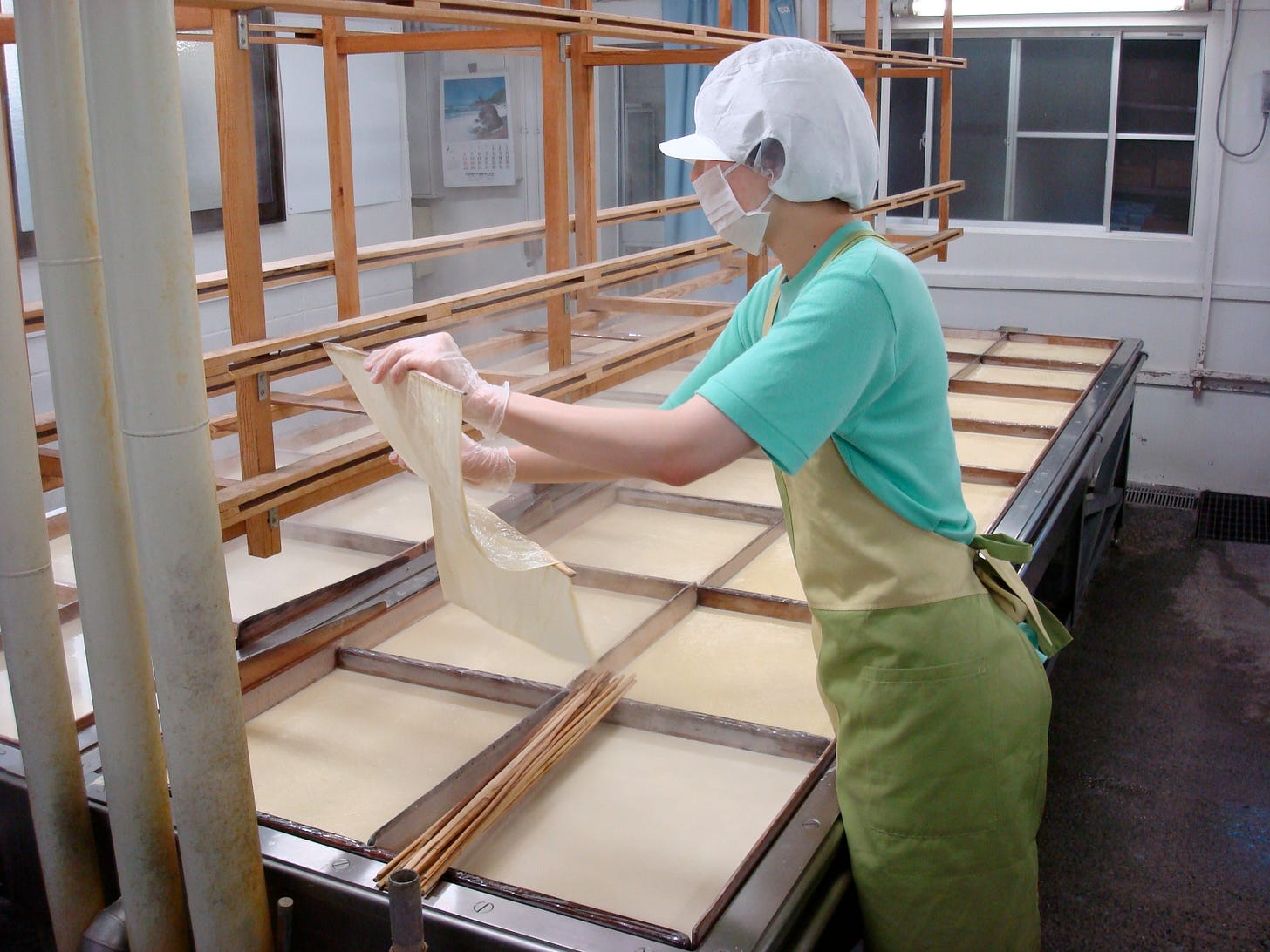
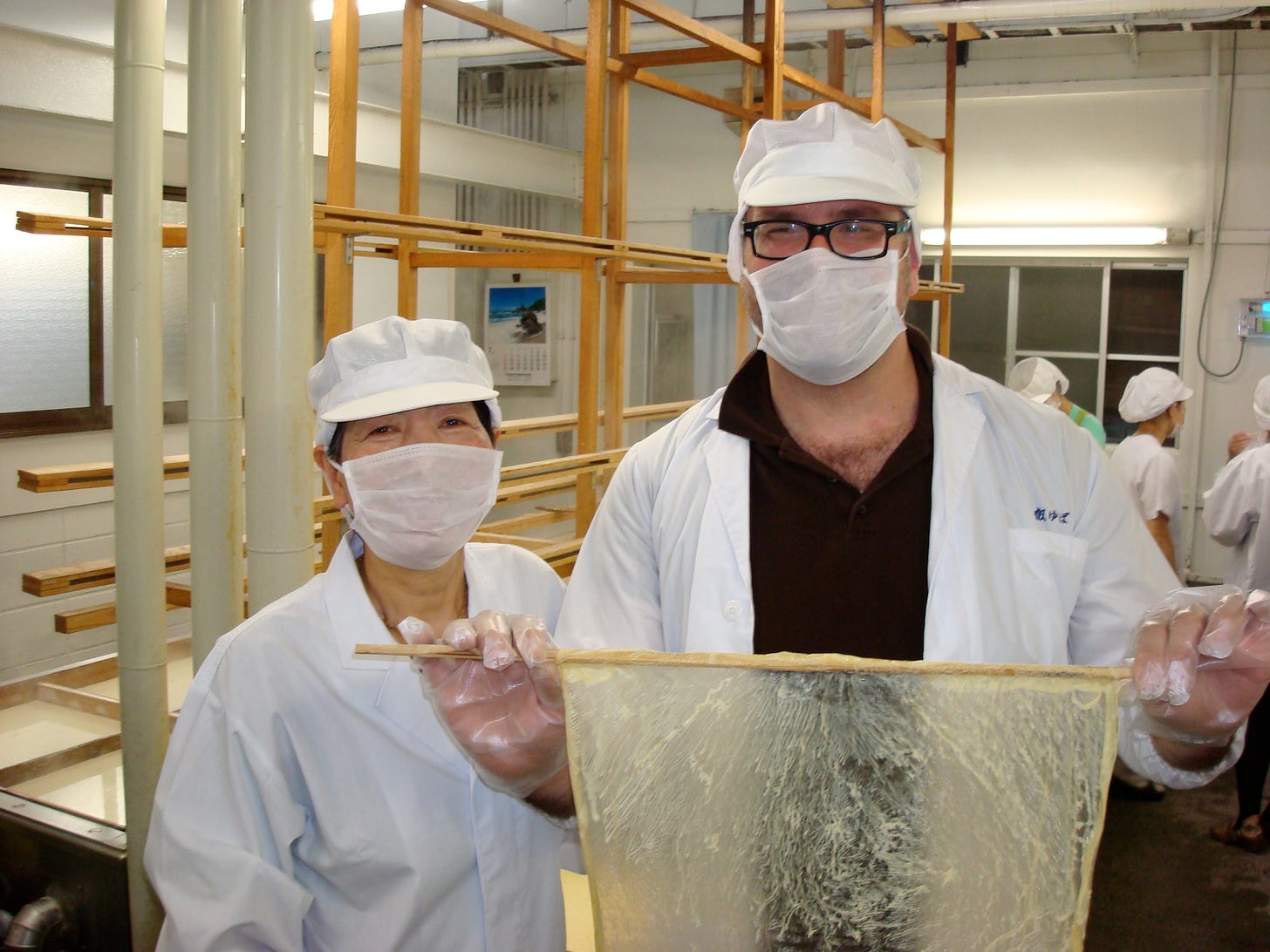
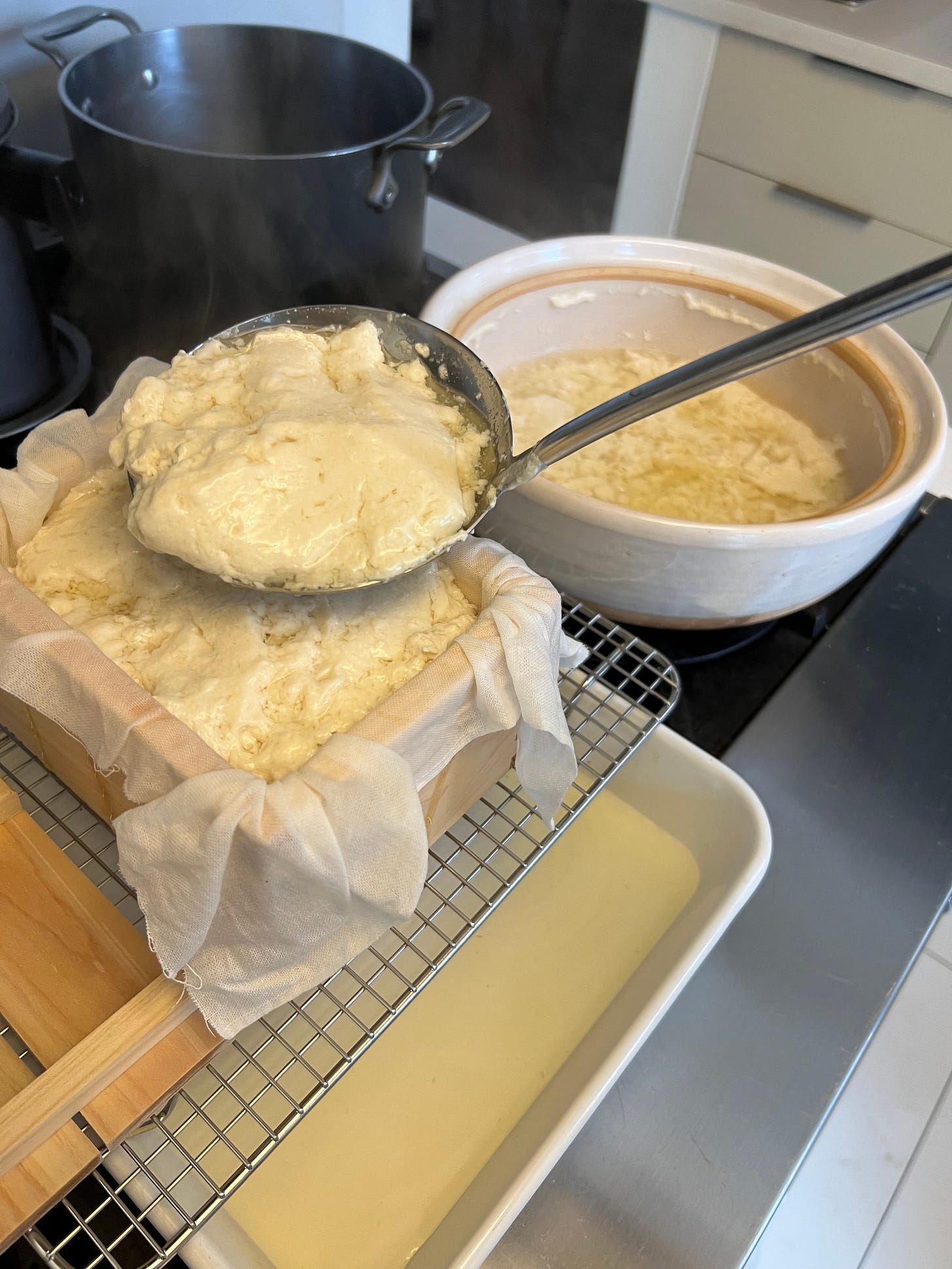
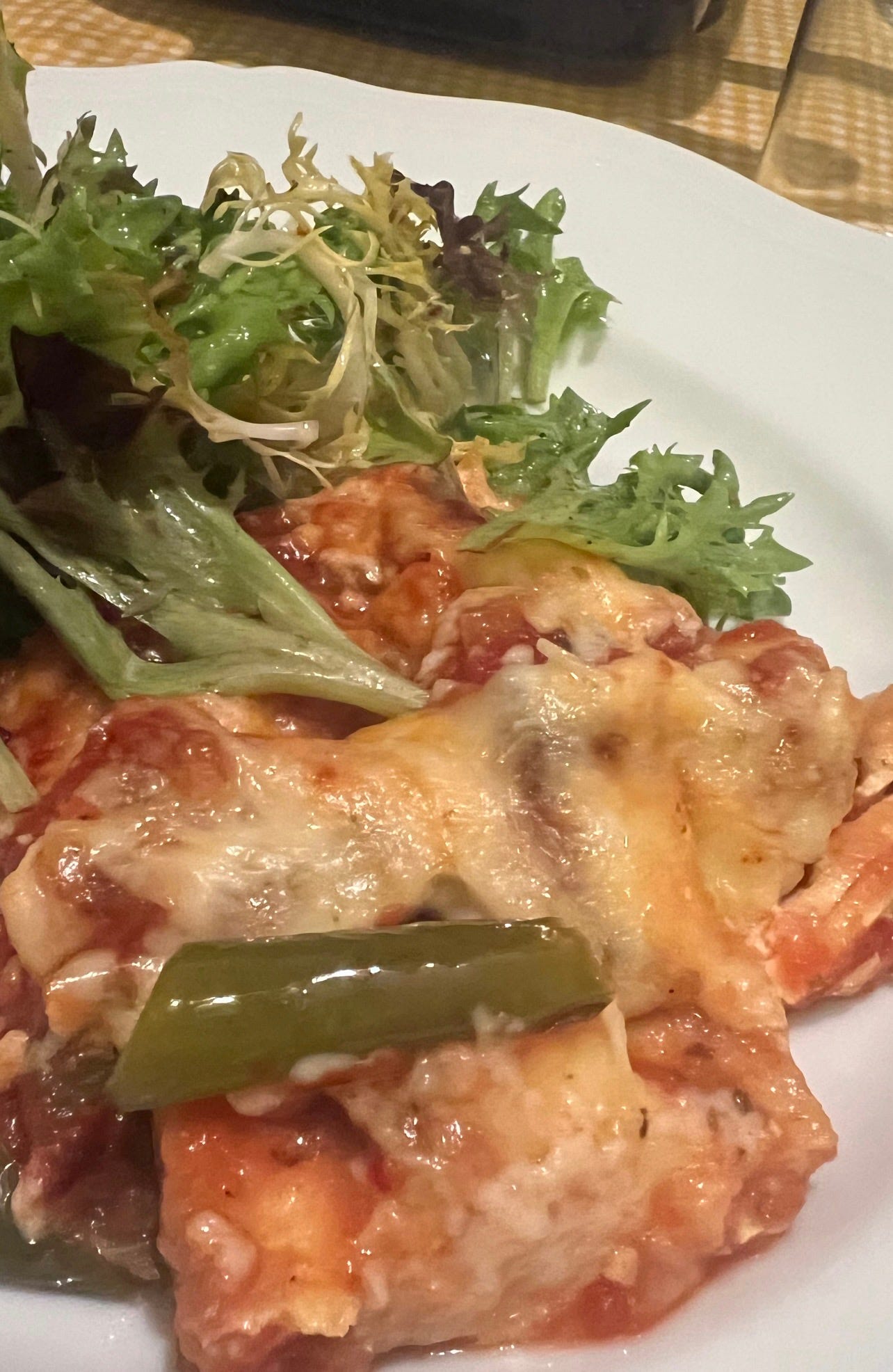
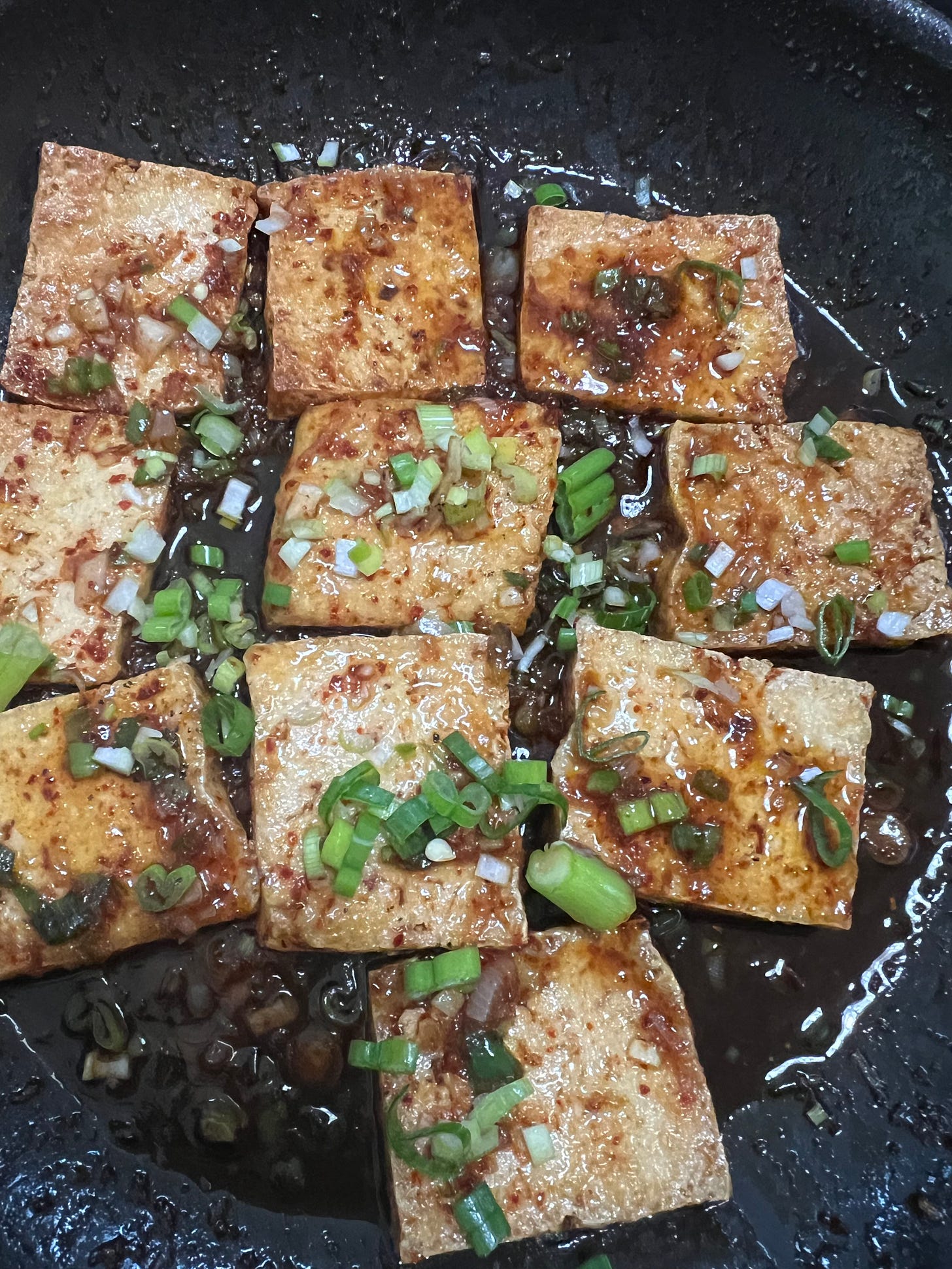

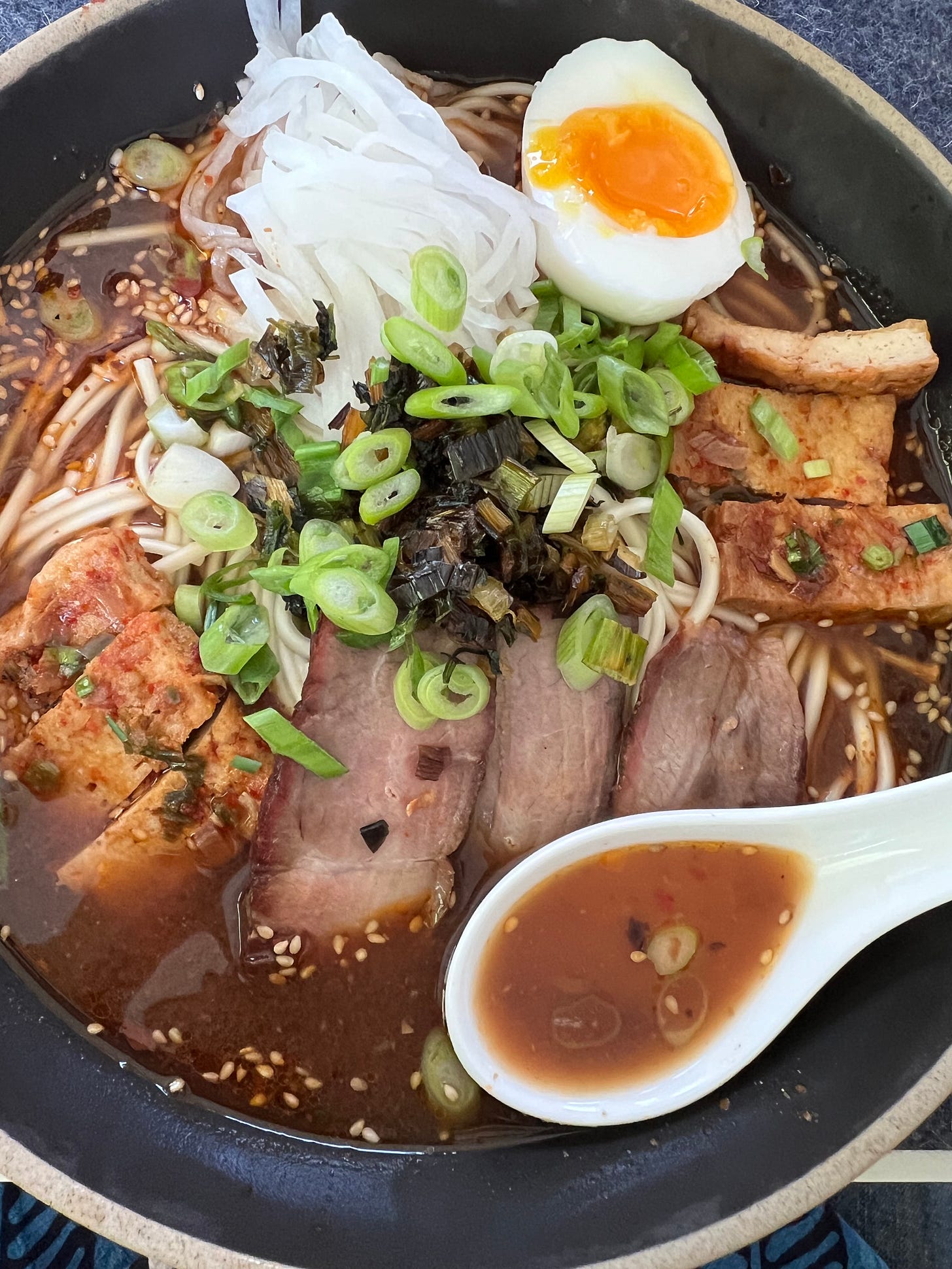
This looks fantastic!